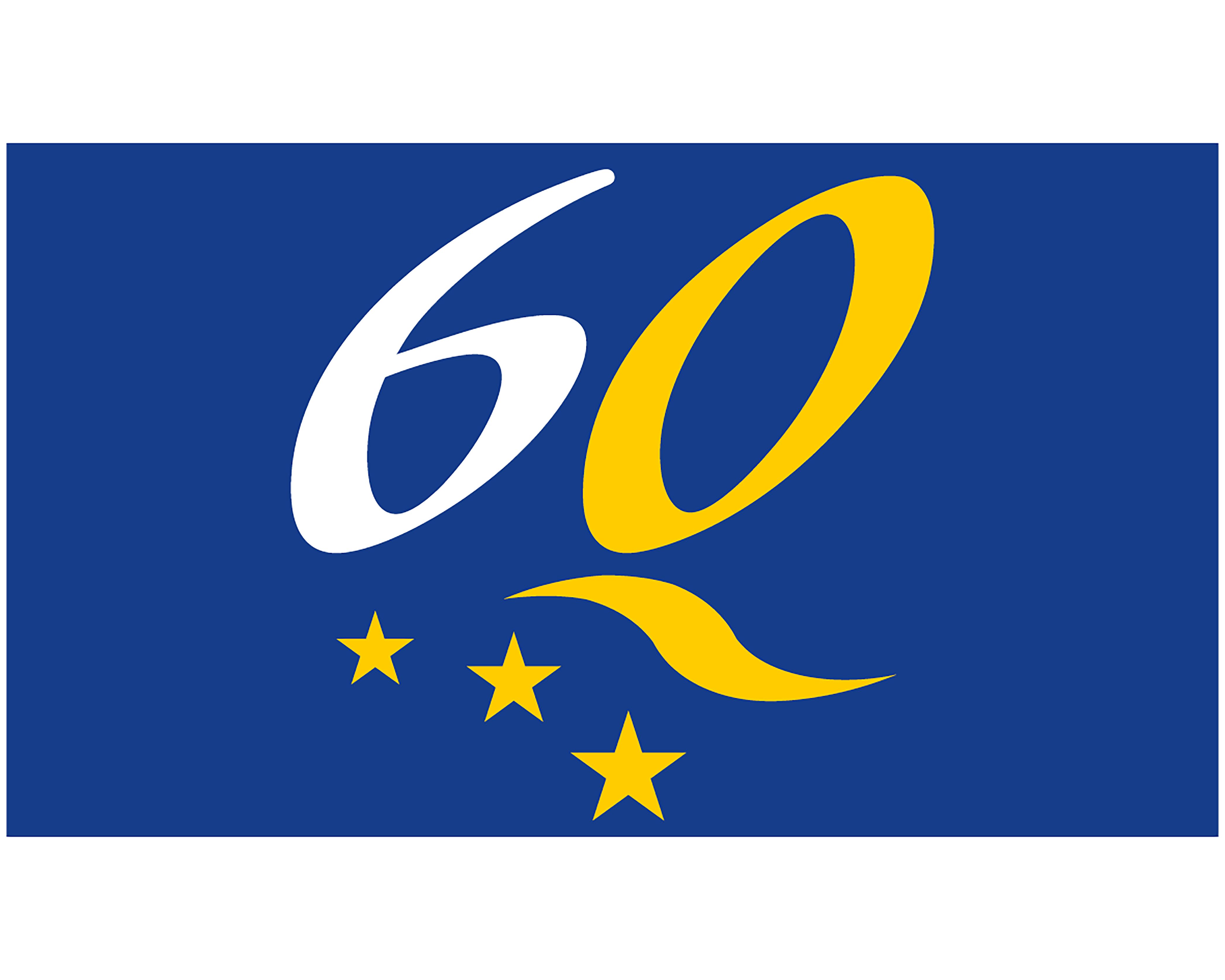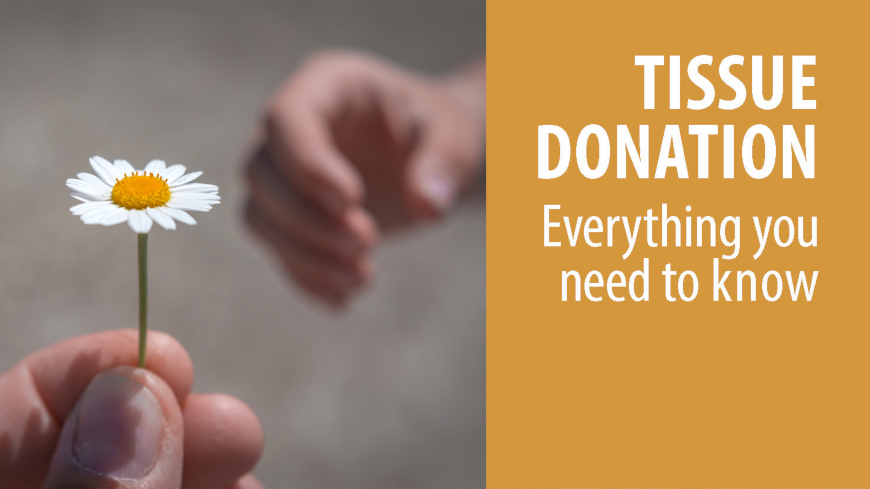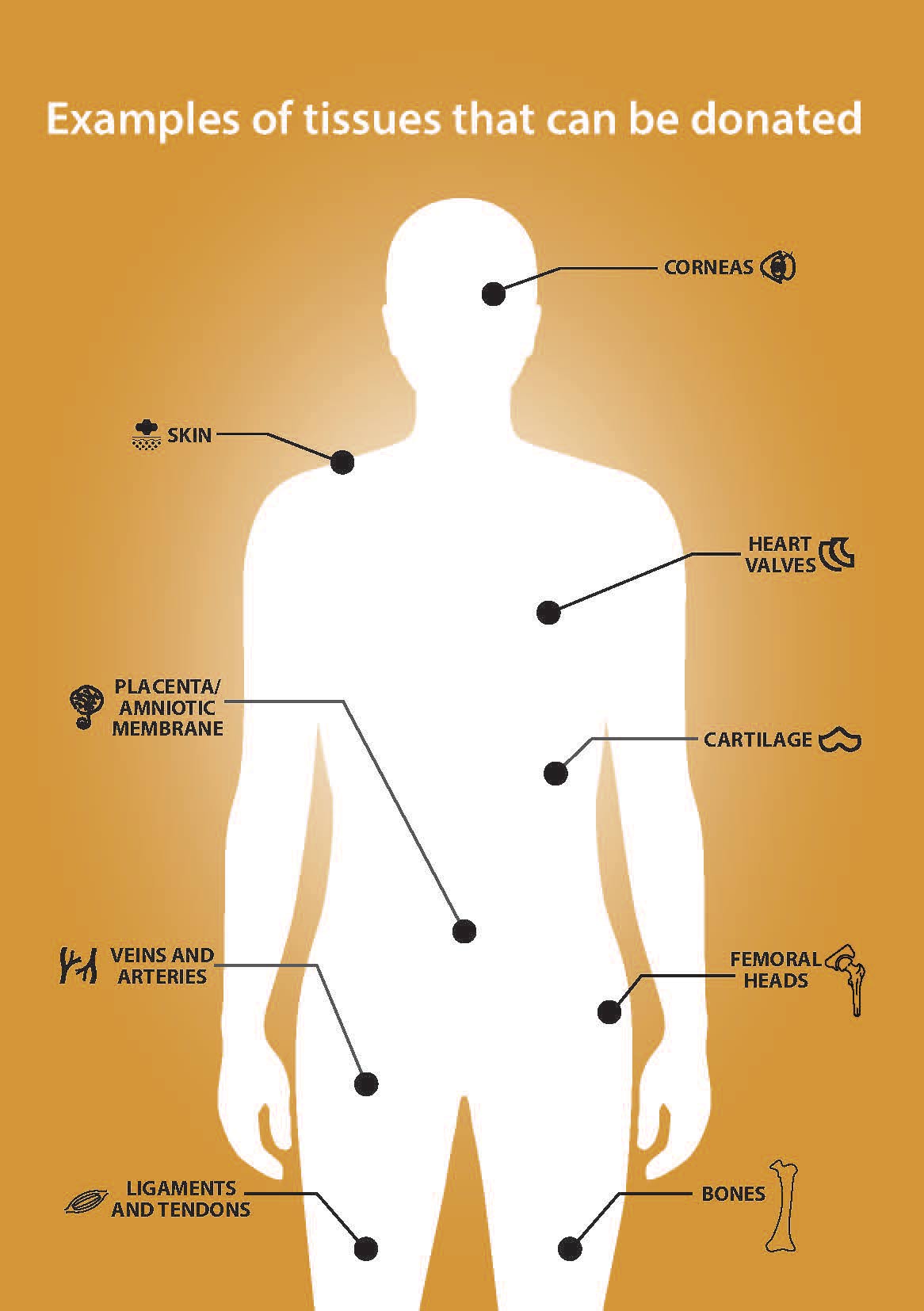The European Directorate for the Quality of Medicines & HealthCare (EDQM) has published a booklet on the important matter of human tissue donation. It provides clear, accurate and balanced information to help readers make informed, responsible decisions on tissue donation, in accordance with their values.
Every year, thousands of human tissue grafts improve patients’ quality of life and even save numerous lives. Donation of tissues, such as corneas, cardiovascular tissues, bone, tendons, skin and others can benefit patients in a number of serious or life-threatening medical situations or help improve their quality of life. Patients with severe burns, for example, can be saved or athletes with torn ligaments or tendons can heal and regain strength; donated tissues can be used to restore vision, repair cardiac defects, re-establish circulation and repair or replace musculoskeletal structures. Cornea and musculoskeletal tissues are the most commonly transplanted, outnumbering organs more than tenfold.
Tissues and cells can have enormous therapeutic benefits for patients, but are scarce because they come from a single source: other people who choose to make a donation. This is why it is important to discuss your choices concerning tissue donation with your family and friends to ensure that your wishes and decisions are respected after your death. Some tissues can also be donated by living donors, without any risk for them, such as placenta after giving birth.
This booklet was prepared by the Council of Europe European Committee on Organ Transplantation (CD-P-TO), composed of internationally recognised experts, in collaboration with the European Association of Tissue Banks (EATCB) and the European Eye Bank Association (EEBA).
Take home messages
- Donated tissues can dramatically improve recipients’ quality of life and help save lives.
- Tissue from one deceased donor may be transplanted into as many as 100 individuals.
- Everyone should find out what steps they may need to take in their country to ensure their choices are respected and, most importantly, discuss and make clear these choices with their family and friends.
The booklet can be downloaded from the EDQM website: “Tissue donation – Everything you need to know”
See also:
- EDQM publishes 8th edition of the Guide to the quality and safety of organs for transplantation
- European Committee on Organ Transplantation (CD-P-TO) work programme and priorities
- Become an “influencer for life”: 2022 edition of the European Day for Organ Donation and Transplantation encourages people to share what’s most precious





